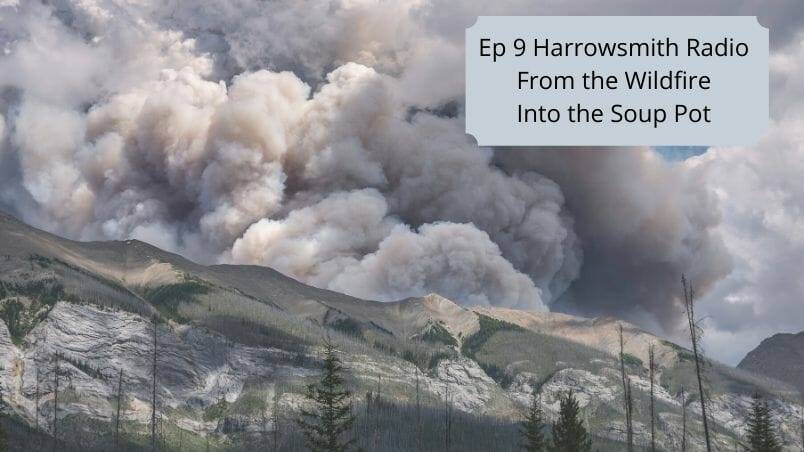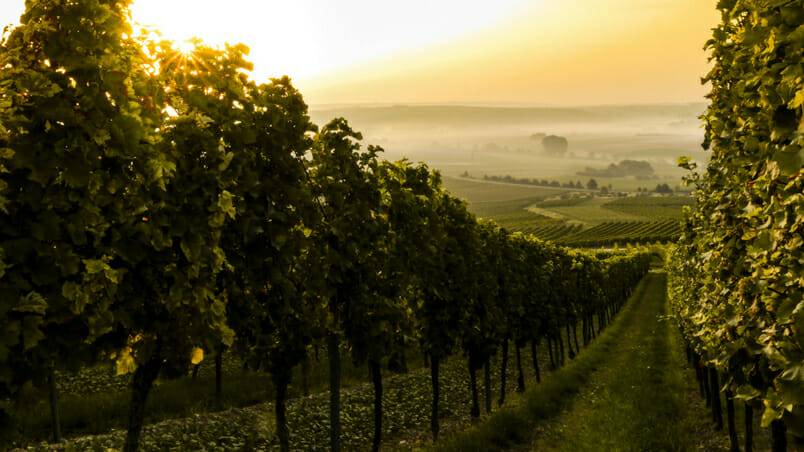With the world being so focussed on global warming in recent years, could it be that the actual next step of climate change will be global cooling? There is a growing community of scientists who believe this just may be the case, but is it really more hype than science?
What do July 1999, January 2000, December 2012 and July 2016 have in common? They are all dates that should have brought about the apocalypse according to various prophecies; in fact, since the 1950s, the world should have ended at least 66 times had you believed a plethora of predictions. Similarly, we are now seeing an increase in the prognostications that point to an impending global mini ice age, and these forecasts are being fuelled by many websites that look scientific but are known for being the creators of “fake news.”
The last mini, or little, ice age that occurred happened somewhere between 1350 and 1800. Those dates themselves are highly debated, as there were also periods of warmth during those centuries. Further analysis through modern methods has indicated three particular cold periods globally that occurred every hundred years (give or take 10 years). The first was around 1650, the second around 1760 and the third around 1850. Why was it called a mini ice age? Basically, negative temperature extremes occurred more frequently. Lakes that normally would never freeze did. Snow would be recorded during summer months. Winter snowfall would be much greater than normal. Frosts would ruin crops…and on and on. The most recent event that affected North America happened in 1816. That was called “the year without a summer.” In that year, there were severe frosts within every summer month in the northeastern U.S. and Eastern Canada. Snow was recorded in June in many parts, and river ice was recorded in several locations during the months of July and August. Crops never had a chance to grow nor get harvested properly, and this caused an agricultural disaster across New England, southern Quebec, Atlantic Canada and even western Europe.

So what is causing the current talk of an impending mini ice age and what caused the last one?
Let’s start with the first question: What is causing all the hype today? Essentially, it is linked to the solar cycle and, more particularly, the solar cycles that produce less solar activity (i.e., sunspots) than other cycles. Some are predicting that the next couple of solar cycles (each lasting about 11 years) will have very minimal solar activity, and that linkages can be made between weak solar cycles (solar minimums) and periods of global cooling.
Some of the best-known periods of low solar activity were known as the Maunder Minimum (somewhere between 1645 and 1750) and the Dalton Minimum (between 1790 and 1830). During these periods of low solar activity, many scientists have attempted to suggest that some coinciding cold periods were the result of the sun’s temporary impotence. With further scrutiny of the temperature data recorded between the 17th and 19th centuries, however, there is no conclusive data to show that low temperatures inside or outside the solar minimums were directly related to solar activity. Through the data, we are able to see periods of warmth during the solar minimums as well as colder periods during times of moderate solar activity. It would just be a rough coincidence that some of these cold periods happened during a low solar cycle.
So if it wasn’t low solar activity that caused the cold, then what did? There is more and more conclusive evidence pointing to an increased level of volcanic activity during those centuries that would have aided in a global cooling. Between 1350 and 1820, there were 90 major eruptions (four in 1660 alone) that pumped tons and tons of volcanic ash into the atmosphere. That ash formed a film that blocked out a lot of the radiation from the sun, thus creating a colder climate globally over a prolonged period of time.
If it is volcanic activity, not solar activity, that is the main culprit of an ice age, then why are there so many still hyping an impending global cooling? Maybe because it makes good headlines? It could also be the reason why there is still such a heated debate about global warming and climate change. It all depends on how you skew the scientific data to reflect your point of view and also on the financial and political benefits behind those views. Fear is a great tool to gain power and money, and as long as there are people driven to achieve both, you will see plenty more doomsday prophecies to come.
Now, on to our weather forecast for the next 12 months. I was built neither on fear nor on political gain, so take a deep breath and enjoy. The forecast I am providing covers four seasons (autumn, winter, spring and summer). There are four basic phenomena that influence global weather: No. 1 is the amount of H2O and CO2 in the atmosphere (the greenhouse effect); No. 2 is El Niño or La Niña (ocean warming or cooling in the Pacific); No. 3 is volcanic activity (the amount of ash that enters the atmosphere); No. 4 is solar activity (the least influential). A drastic change in any of those phenomena can alter a long-range forecast dramatically. I have tried to take all of these into consideration as I built this forecast for 2017 and 2018.
So what is special about 2017 and 2018? Well, as of the time I developed this forecast, most of the data was pointing to a weak to moderate El Niño during the autumn of 2017 and into the winter of 2017–2018. That normally increases the chances for a milder winter in western parts of the country and a more moderate to seasonable winter in the eastern parts. We also have been in a period of average volcanic activity. At this point, I am not too concerned with the volcanic impact. In regards to solar activity, we are on the downward part of the solar cycle, which is heading to its minimum around 2020. If anything, that will probably influence a slow start to spring for most areas across the country in 2018. What about the CO2 levels in the atmosphere? Well, that is on a constant increase with no sign of reversing, so we can conclude that global temperatures overall should continue to rise on average. What we have to pay attention to is how the extremes will impact us.
Mark Sirois is a managing partner at Kyndryl by day and a long-range meteorologist whenever he can fit it in his free time. His passion for meteorology started at age 15, and for the last 35 years, he has developed a multifaceted approach to long-range forecasting. His frustrations with the way Canadian mainstream media broadcasts weather information led him to create an alternative option to those in southern Quebec. Since 2007, he has offered severe and long-range forecasts through the Southern Quebec Severe Weather Network on Facebook; but since 2022, he now provides daily, weekly and seasonal forecasts for Quebec as The Weather Whisperer via patreon.com/TheWeatherWhisperer.













